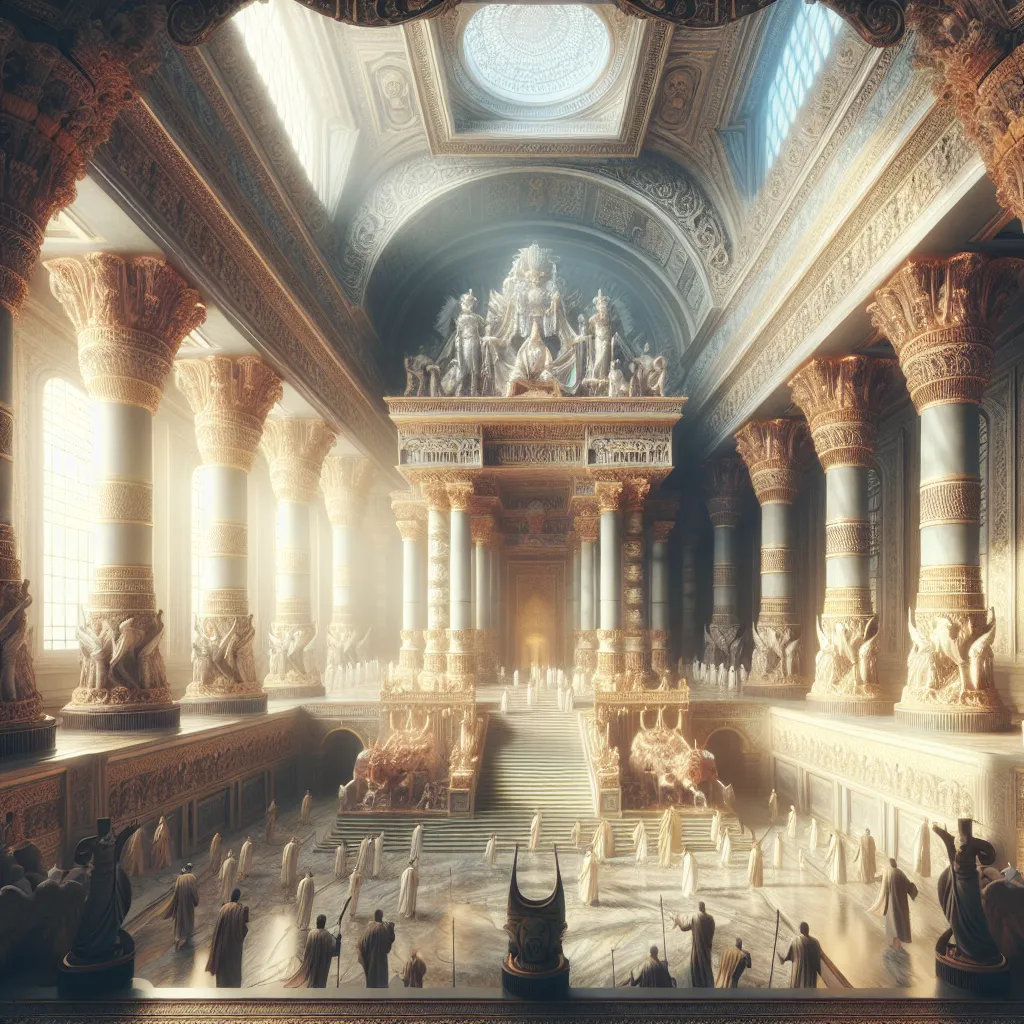
- Published on
- Authors

- Name
- You
The Temples of Thoth: Sacred Sites and Worship Practices
Thoth, the ibis-headed deity, is a central figure in ancient Egyptian mythology revered as the god of wisdom, writing, and magic. This article explores the temples dedicated to Thoth, underlining their architectural grandeur and delving into the arcane worship practices that invoked his divine presence.
Architectural Marvels
Temple Locations and Structures
The most prominent temples dedicated to Thoth were located in Hermopolis and what is now modern-day Luxor. Each site holds unique architectural attributes reflecting the advanced engineering capabilities of ancient Egyptians.
Major Temples:
| Temple | Location | Notable Features |
|---|---|---|
| Temple of Thoth, Hermopolis | El-Ashmunein | Enormous granite columns, detailed hieroglyphics. |
| Mediterranean Temple of Thoth | Western Delta | Subterranean chambers, advanced ventilation systems. |
Design and Symbolism
The temples were not only centers of worship but also embodiments of mystical symbology and astronomical alignment. The precise orientation of these temples towards celestial bodies reflects an esoteric understanding of cosmic cycles.
Key Architectural Elements:
- Obelisks: Represent the sun's rays, a conduit between heaven and earth.
- Sanctuaries: Inner sanctums reserved for the high priests.
- Sacred Lakes: Representing the primordial waters from which life emerged.
Worship Practices and Rituals
Priesthood and Roles
The clergy dedicated to Thoth were known for their scholarly and magical prowess. Priests not only performed daily rituals but also served as scribes, astronomers, and healers.
| Role | Duties |
|---|---|
| High Priest | Oversaw rituals, communicated directly with Thoth. |
| Scribe | Recorded sacred texts, interpreted omens. |
| Healer | Utilized mystical knowledge for health practices. |
Daily Rituals
- Morning Invocation: At dawn, priests recited hymns and invocations to awaken the divine presence of Thoth.
- Writing Practice: Encouraged by Thoth, scribes documented daily occurrences, ceremonies, and celestial events.
- Moon Meditations: Nightly observances reflecting Thoths lunar associations.
Mystical and Scientific Insights
Wisdom and Knowledge
Thoth was believed to impart wisdom extending beyond the mystical to the scientific. He was associated with the invention of writing (hieroglyphs) and the preservation of knowledge, enabling both mystical and practical advancements.
Alchemy and Transformation
Thoths teachings also encapsulated principles of alchemy, where physical substances were transmuted and spiritual transformations achieved. This was mirrored in ritual practices aimed at personal enlightenment and community prosperity.
Integration of Science and Mysticism
Ancient Egyptian magicians and scientists viewed knowledge as a unified field. Geometry, astronomy, and spiritual practices were seamlessly integrated to create a holistic understanding of the world.
Conclusion
The temples of Thoth stand as testaments to the intersection of divine inspiration and human ingenuity. They encapsulate an era where scientific inquiry and mystical exploration were one and the same, providing a fertile ground for both the soul and the intellect to thrive. Through these sacred sites and worship practices, Thoths wisdom continues to inspire those who seek a deeper understanding of the universe.
Let us honor the legacy of Thoth by continuing to bridge the gap between science and mysticism, exploring the ancient wisdom that still holds relevance in our modern world.
